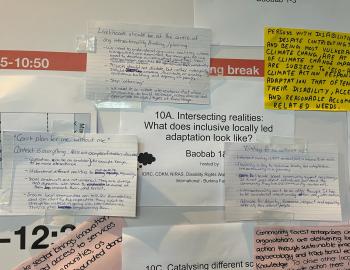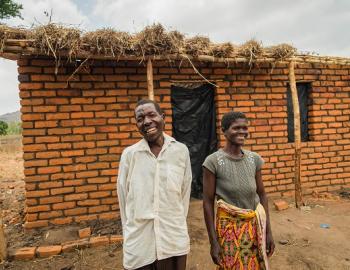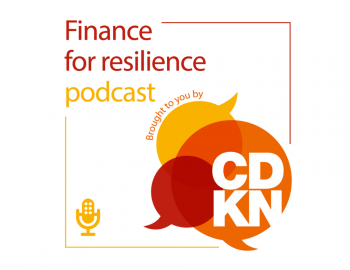Enabling the success of locally-led water investments in Kenya’s arid and semi-arid counties
Enabling the success of locally-led water investments in Kenya’s arid and semi-arid counties
The County Climate Change Fund (CCCF) mechanism in Kenya, developed by the Adaptation Consortium (ADA) in 2011, enabled the implementation of 114 locally-led public good investments that were intended to strengthen the communities’ resilience to climate change. Of these, 95 were water infrastructure projects established across five arid and semi-arid counties (Garissa, Isiolo, Kitui, Makueni and Wajir). These investments were successful, providing access to water for domestic uses, and agricultural and livestock production.
Ten years later, are these investments still providing access to water and other indirect benefits to the communities they serve? Sometimes yes, but not always. This policy brief looks at the factors and recommendations that enhance the sustainability of locally-led investments across their lifespans.
The findings are based on a longitudinal governance and functionality study conducted in September 2023 by CDKN and ADA that assessed 62 of the 95 water investments. The longitudinal study was a follow-up to an earlier study undertaken in 2019. Both studies focused on factors influencing the sustainability and efficacy of the investments.
The study identified and described the challenges communities face in managing these investments and the opportunities available to keep the investments operational. Specifically, the objectives were: to assess the technical and functional status of the assets or investments; to assess the governance, institutional and management context within which assets are operated; and to determine how that affects their functionality.
The longitudinal study showed varying levels of sustainability since the investments were first implemented. The study found that the overall functionality of the investments in all counties except Garissa had declined since the 2019 study. Issues affecting functionality were similar across counties but differed between infrastructure types and sites.
Some of the main findings and recommendations include:
- Allowing communities to manage their water security through locally-led investments not only enhances accountability and sustainability, but also encourages the use of local knowledge and traditional governance institutions that the community understands and accepts.
- Integrating local and Indigenous knowledge, as well as accurate climate information, into the process of prioritising, designing and siting water investments, improves the climate resilience of the investments and therefore the communities.
- Building and maintaining working relationships between county-level, community-level and site-level committees supports the functioning of water investments over time.
- Regular monitoring and evaluation is essential to track the sustainability of community investments and identify medium- and long-term challenges that need attention.
- A dedicated budget allocation for operations and maintenance is essential to sustain the functionality of water investments.
Read the full policy brief here.
Read more
- A longitudinal study on locally-led water infrastructure investments in select arid and semi-arid counties in Kenya - full synthesis report
- Technical briefs for each county: Garissa, Isiolo, Kitui, Makueni and Wajir
- Videos for each county: Garissa, Isiolo, Kitui, Makueni and Wajir, plus one overarching



